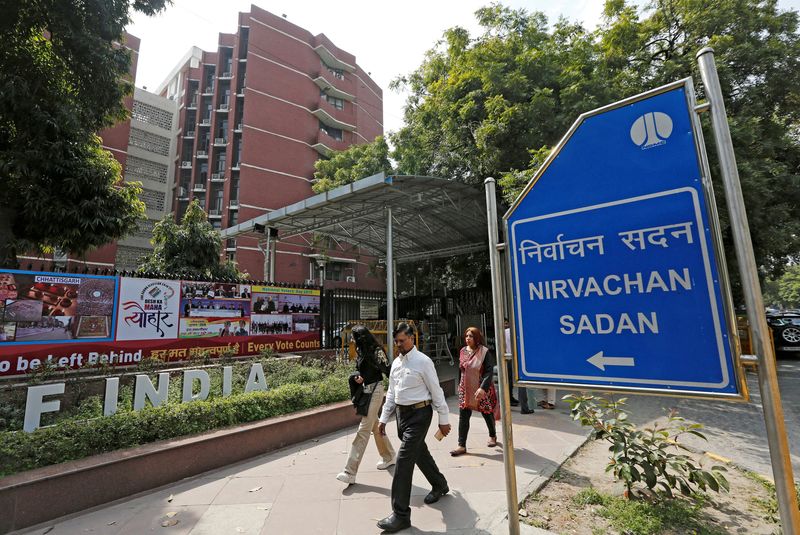Tens of thousands of Brazilians joined an independence day rally called by members of the rightwing opposition in protest against a supreme court judge who banned Elon Musk’s social media platform X in the country.
Dressed in the national colours of yellow and green, attendees at Saturday’s demonstration in São Paulo held posters demanding the removal of justice Alexandre de Moraes, who has attracted controversy for a wide-ranging crackdown on digital disinformation.
“I came here today in favour of freedom of expression. The constitution is being violated,” said 25 year-old radiologist Mayara Ribeira, wearing the shirt of the Brazilian football team. “The judge should be impeached”.
X went offline in Latin America’s most populous nation just over a week ago after it ignored court orders to block certain accounts suspected of spreading falsehoods, many belonging to supporters of former hard-right president Jair Bolsonaro.
It affected some 20mn users and marked an escalation of a months-long row over takedown decrees between Musk and Moraes, whom the tech entrepreneur has accused of censorship.
“I don’t want anybody to be silenced, if they are leftwing or rightwing,” said retiree Elayne Nunes, 58, who travelled from the neighbouring state of Minas Gerais. “I’m happy that Elon Musk has brought to international attention what is happening in Brazil”.
The case has turned into a cause célèbre in the global debate about online free speech and energised Brazil’s populist conservative movement, which claims to be unfairly targeted by the judge.
Allies of Moraes frame his actions as necessary to safeguard democracy against fake news, but opponents accuse him of eroding liberties.
The blackout of X has divided opinion in Brazil. A survey by AtlasIntel found nearly 51 per cent of respondents disagreed with the ban, versus just over 48 per cent in favour.
Speakers at the event on Avenida Paulista urged senators to launch an impeachment of the judge, who has also become a target for wider criticisms that Brazil’s supreme court is overreaching its legal limits.
They also appealed for an amnesty for people arrested in connection with the storming of government buildings in Brasília on January 8, 2023 by radical Bolsonaro supporters.
Many of the rioters called for a military coup against leftwing president Luiz Inácio Lula da Silva, who defeated Bolsonaro in the previous year’s election.
“I hope that the federal senate puts a stop to this dictator Alexandre de Moraes, who does more harm to Brazil than Luiz Inácio Lula da Silva himself,” Bolsonaro said on stage.
The ex-president faces a number of supreme court investigations from his time in office, including over an alleged coup plot — that was never implemented — to stay in power.
Researchers at the University of São Paulo estimated there were 45,400 people at Saturday’s event in Brazil’s largest city.
The trigger for X’s suspension was its failure to meet a deadline set by Moraes to appoint a new legal representative in the country, as required by domestic law. Musk had closed the company’s local office last month in protest at the judge’s orders.
In his decision to block access to the platform, Moraes said X was seeking to create an environment of “total impunity” and a “lawless land” on Brazilian social media ahead of municipal elections next month.
Creomar de Souza at consultancy Dharma Political Risk said impeachment of the justice was unlikely for now: “It looks like we’re in for a long battle between Moraes and political forces in Brazil and abroad”.











































